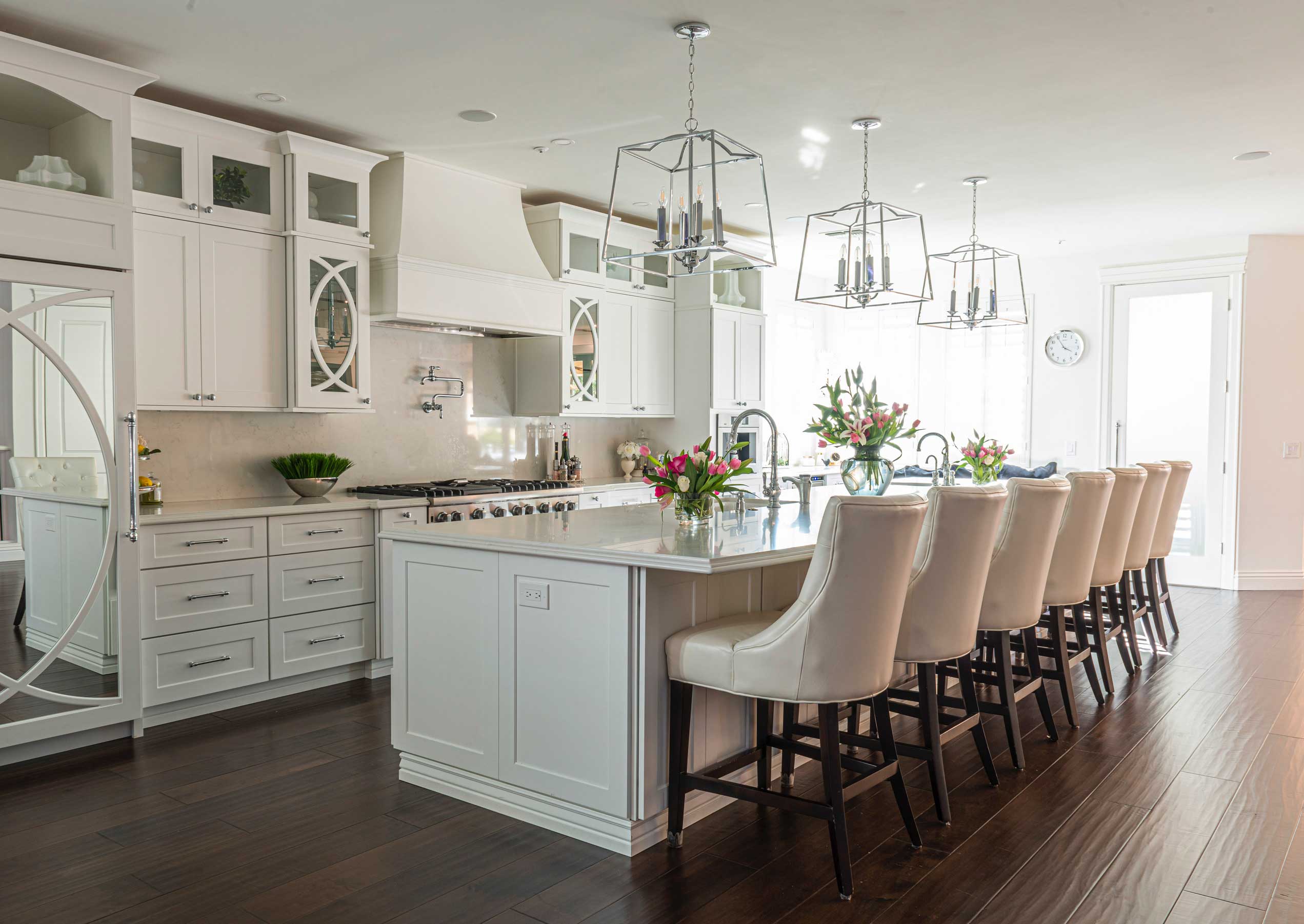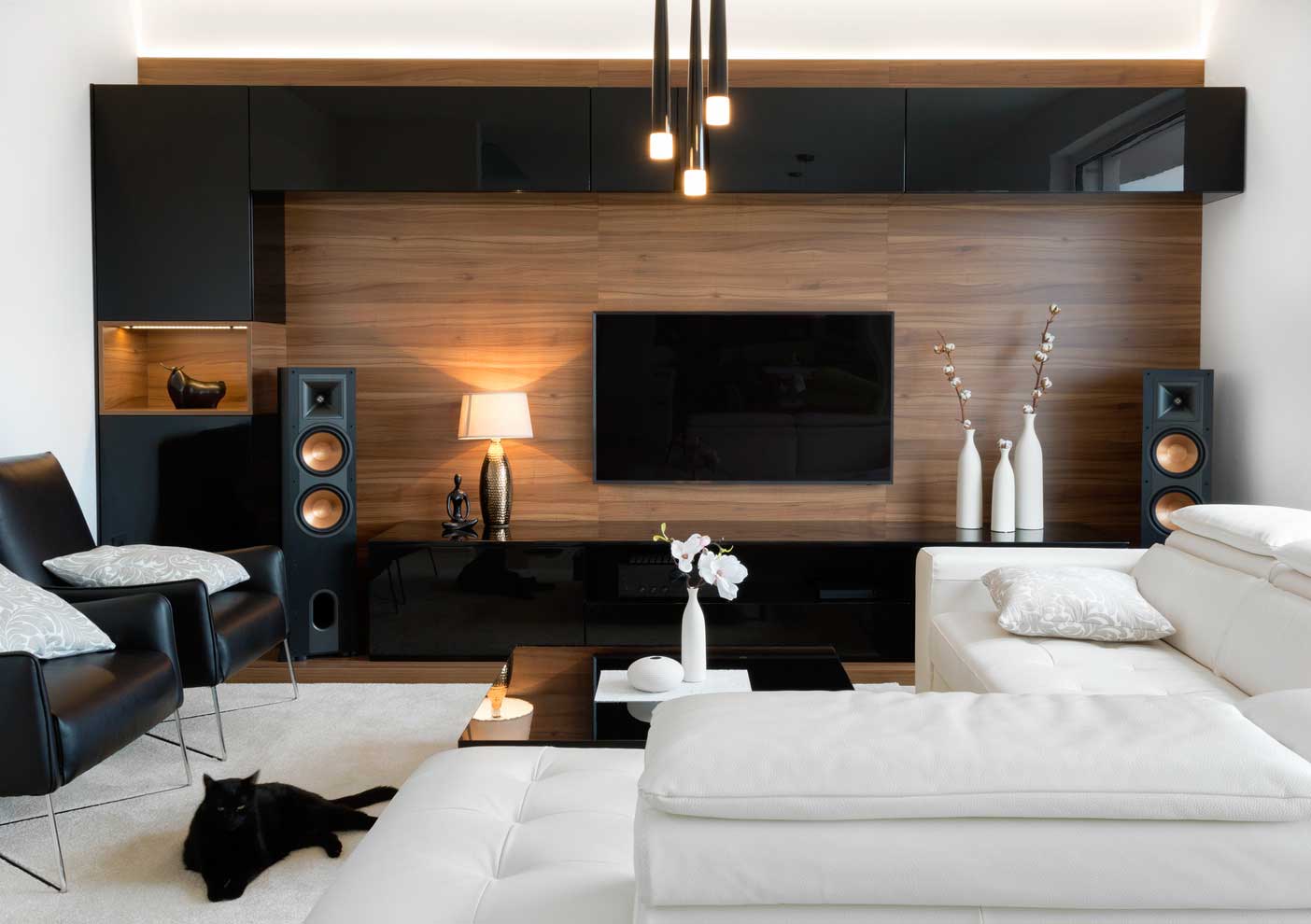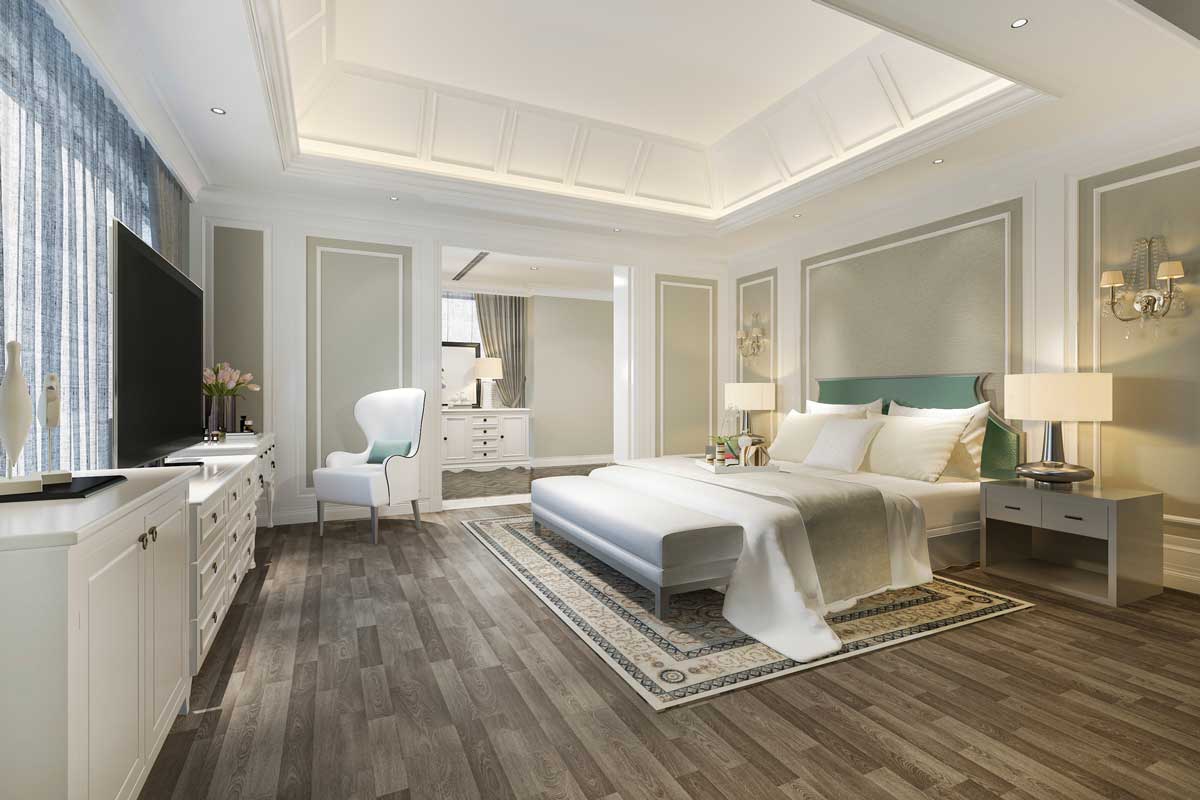FROM TRADTIONAL TO MODERN WHAT SUITS YOUR STYLE?
Whereas function needs are relatively straight forward to define, style decisions can be more difficult to decide on. The choice is found in the details.
While some people can summarize their aesthetics as more French country with a Boho twist or midcentury meets-modern, most people find it hard to articulate their preferences. Even those who don’t know where they reside on the aesthetic continuum are able to identify whether they favor traditional or modern decor or if they fall somewhere in the middle. It can come down to the choice between an antique console or a paired down modern interpretation. Different lines, different profile, same spirit. Sometimes the architecture of the room will suggest a traditional or modern scheme. If the owner wants a modern design it will require moderate modifications or even a full-scale overhaul to implement the intended design vision. Wondering which direction to go or how to pull it off?
Modern or traditional interior design style is in the detail choice, so lets take a look at some important ones.
WALLS
Traditional is Ideal to add a 27″ chair rail from the floor up and paint the wall a different color than the molding chair rail. Apply a venetian plaster or wallpaper above the chair rail or different color paint. Modern is Ideal to paint one in a single color for a cohesive design. If adding wall paper select a modern pattern or better yet apply a grey limewash in matte finish.

Floors
Traditional. Choose oak, mahogany, cherry, walnut or maple- preferably parquet with a wood border pattern. Modern Choose the same wood varieties as traditional but ideally arrayed in a simple pattern. Also use concrete, stone and poured troweled terrazzo or synthetic stone.
Ceilings
Traditional Details with applied moldings, tiles and decorative millwork. Ornamental rosettes are a nice touch too.) Modern Keep the ceilings simple and smooth. If possible paint in a high-gloss finish.
MOLDINGS
Traditional. Where the walls, floors and ceilings meet it should be elegantly trimmed. Modern use a simple flat base molding or 1/4″ gap where the floor meets the walls. Avoid crown and window moldings.
Openings
Traditional doorways and windows need wide substantial wood trim. Doorways should always be embellished by trim. Ideally feature mitered or angled joints. Modern, leave openings untrimmed, no wood moldings.

Window Treatments
Traditional, shades, drapes, tiebacks, embellished lace. Better with decorative hardware and brackets. Classy finishing touches. Modern, leave the windows undressed and let in the natural light or, a no-fuss panel with clean lines and minimalistic look.
Lighting
Traditional, as with any room, traditional spaces need as much light as possible. Fixtures need to be rendered as decorative; chandeliers, sconces and table lamps. Modern, recessed lighting, track lighting, all clean lined and matched furnishings. Lights with simple form, shape, material and style.
Colors
Traditional, warm and varied, emphasizing either pale hues or jewel tones or exuberant florals. Modern Keep to a minimum or make a statement to play against a neutral palette.

These details can be blended to create that perfect balance of Traditional and Modern. There are many interior design choices to be made such as furniture, fabrics, accessories, built-ins, hardware, doors, cabinet hinges and more. If you have any questions about these details please contact me to set up a consult . Fill out the consult form on the contact page to get started today.
